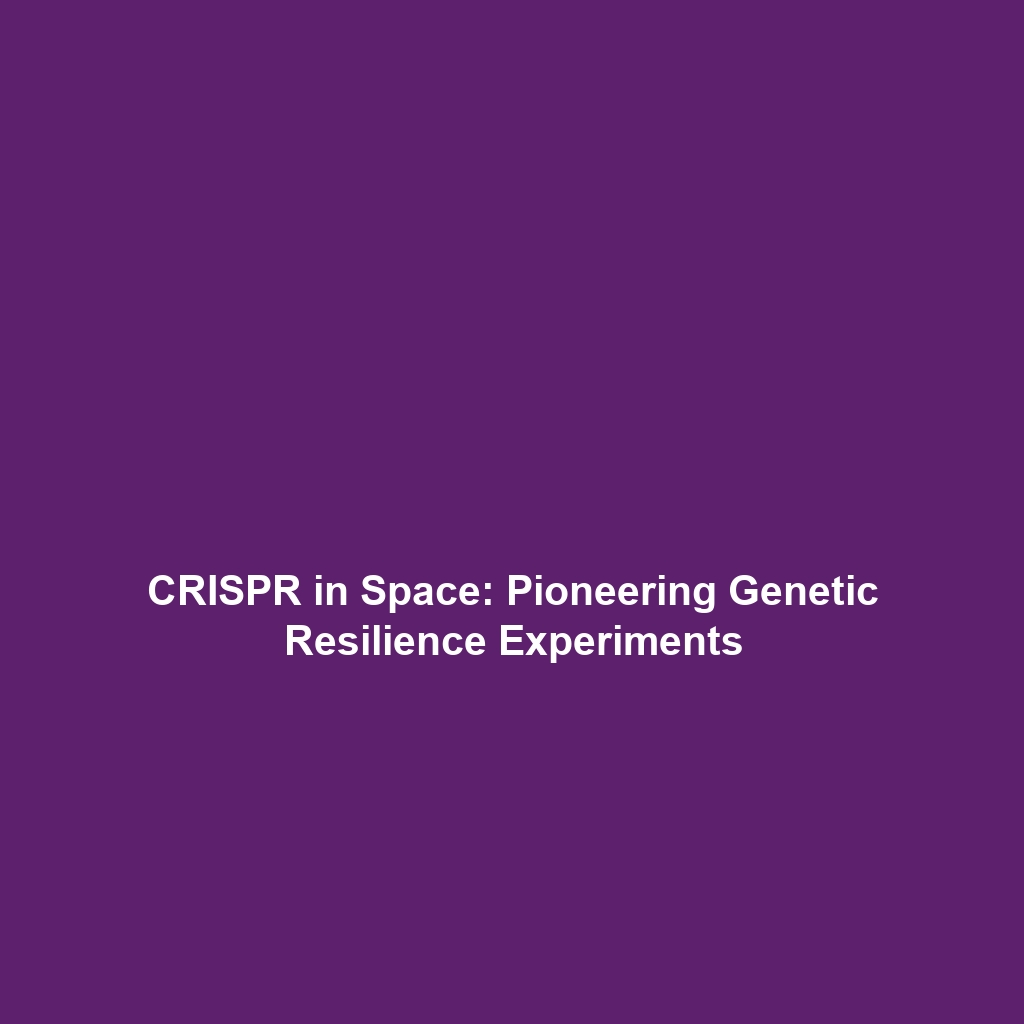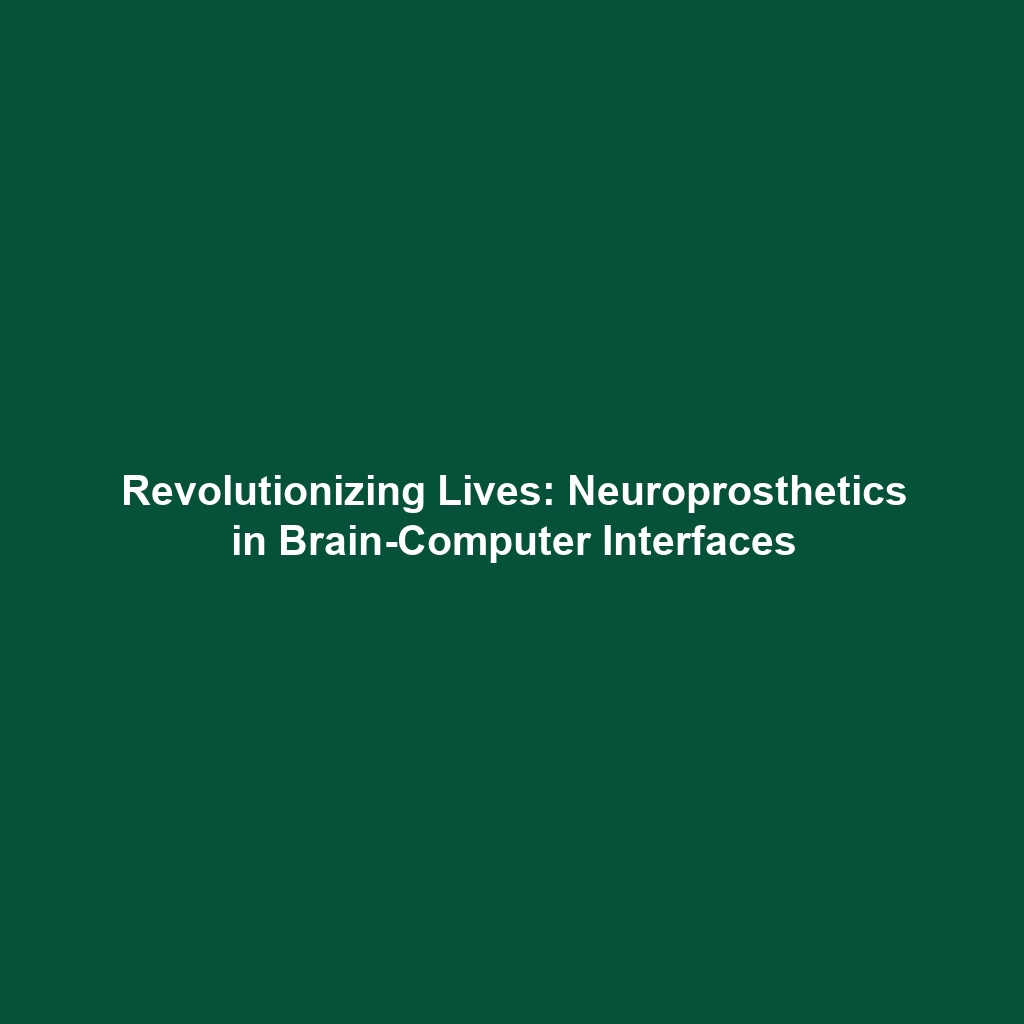Early Studies and Applications of Prime Editing in Various Fields
Introduction
Prime editing, often heralded as the “next generation” of CRISPR gene editing, enables precise modifications to the genome with unprecedented accuracy. Early studies have demonstrated its potential to correct genetic mutations associated with various diseases, showcasing the transformative capabilities of gene editing technologies. This innovative method offers a powerful tool for researchers and clinicians alike, promising applications across numerous fields including medicine, agriculture, and biotechnology. Understanding these early studies and their applications is crucial for the ongoing development and integration of CRISPR technology in scientific research and therapy.
Key Concepts
Understanding Prime Editing
Prime editing builds upon the foundational principles of traditional CRISPR techniques. It uses a modified form of Cas9 accompanied by a prime editing guide RNA (pegRNA) to initiate targeted changes within the genome. This approach allows for:
- Precise insertion, deletion, or replacement of DNA sequences
- Reduction of off-target effects commonly associated with standard CRISPR methods
- Potential applications in a range of genetic disorders
Applications and Real-World Uses
The early studies of prime editing have revealed significant real-world applications. Here are key areas where prime editing is making an impact within the realm of CRISPR gene editing:
- Gene Therapy: Potential cures for genetic disorders like sickle cell disease and muscular dystrophy by correcting mutations directly in the patient’s genome.
- Agricultural Biotechnology: Development of disease-resistant crops through accurate genomic alterations, enhancing food security.
- Biomedical Research: Creation of precise animal models for studying human diseases, leading to better understanding and treatments.
These applications highlight how prime editing is used effectively within CRISPR gene editing to create safer and more effective genetic modifications.
Current Challenges
Despite its promise, there are several challenges and limitations associated with the early studies and applications of prime editing:
- Technical Limitations: Although more precise, prime editing can still produce unintended changes, necessitating rigorous validation.
- Delivery Mechanisms: Efficiently delivering the editing tools into target cells remains a significant hurdle.
- Regulatory and Ethical Considerations: As with any gene editing technology, ethical concerns regarding its implementation in humans must be addressed.
Future Research and Innovations
Ongoing research aims to overcome existing challenges and enhance the capabilities of prime editing. Future innovations may include:
- Next-Gen Delivery Systems: Improved methods for delivering prime editing tools to target cells without affecting surrounding tissues.
- Enhanced Accuracy: Developing more refined pegRNAs to further minimize off-target effects.
- Broader Applications: Expanding the use of prime editing to complex multi-gene disorders and beyond.
These advancements will significantly impact the future trajectory of CRISPR gene editing and its applications in various disciplines.
Conclusion
In conclusion, early studies and applications of prime editing represent a significant advancement in the field of CRISPR gene editing. As research progresses, overcoming current challenges will enable broader applications and innovations that could redefine genetic therapies and biotechnology. For more information, explore our related articles on gene therapy and agricultural biotechnology to understand the potential of these technologies further.









